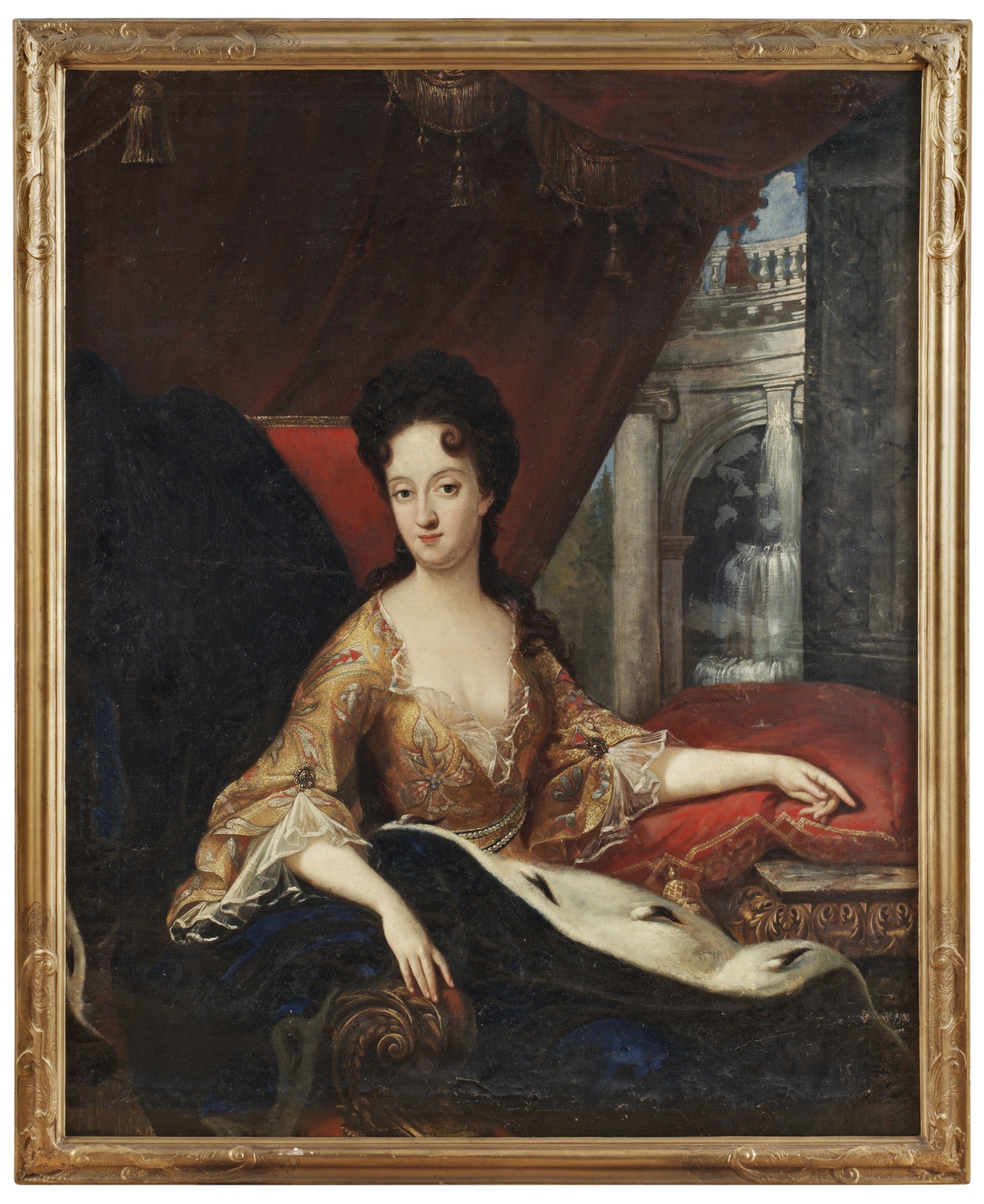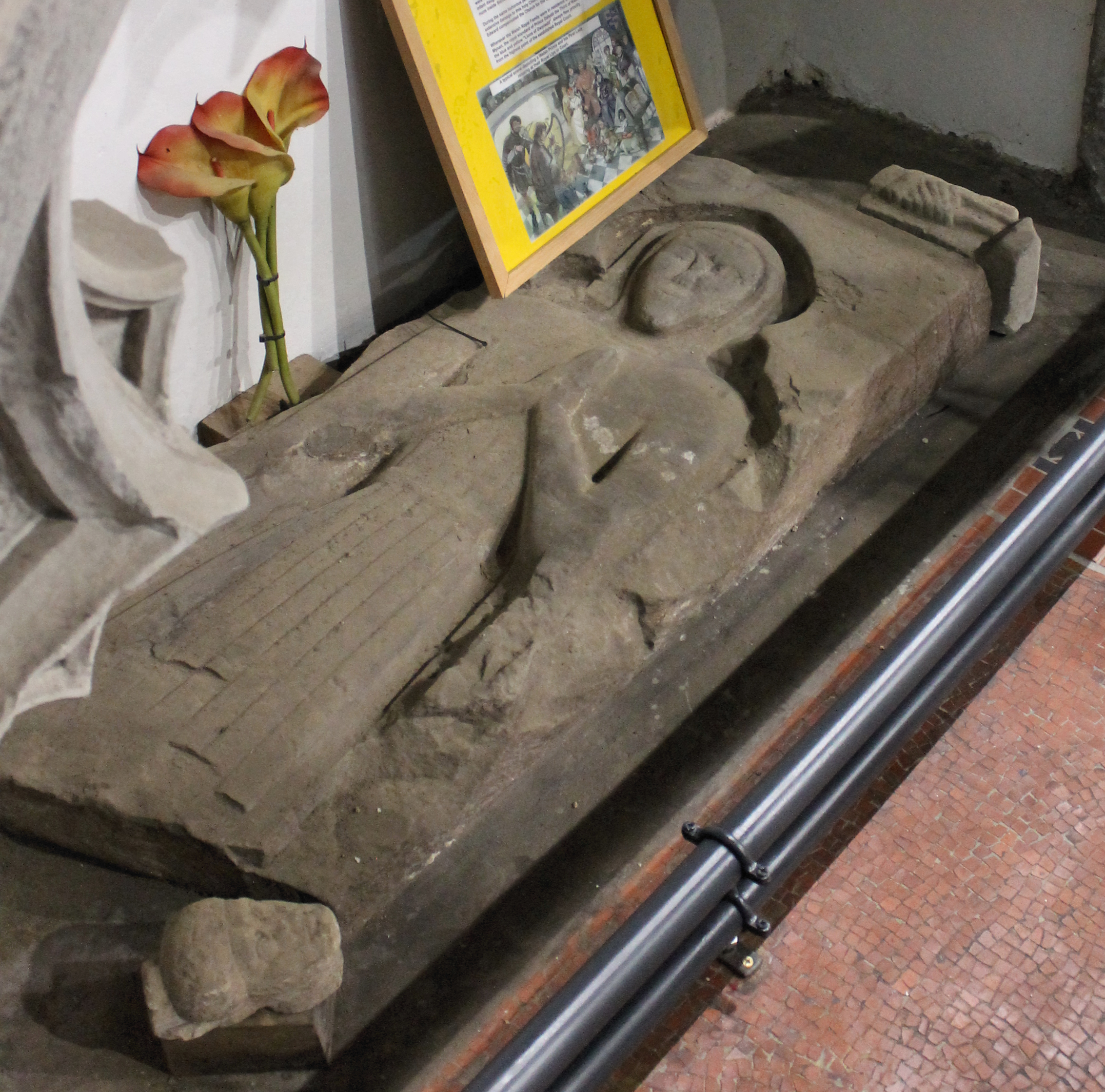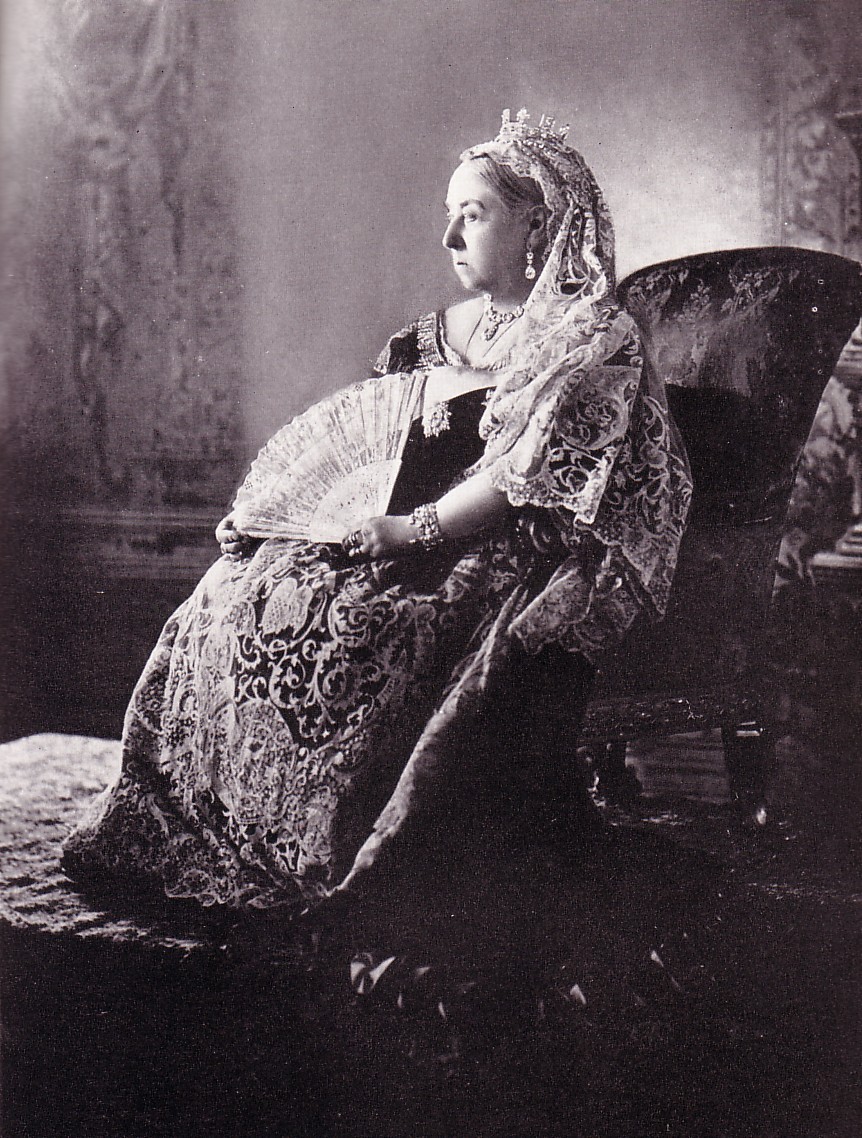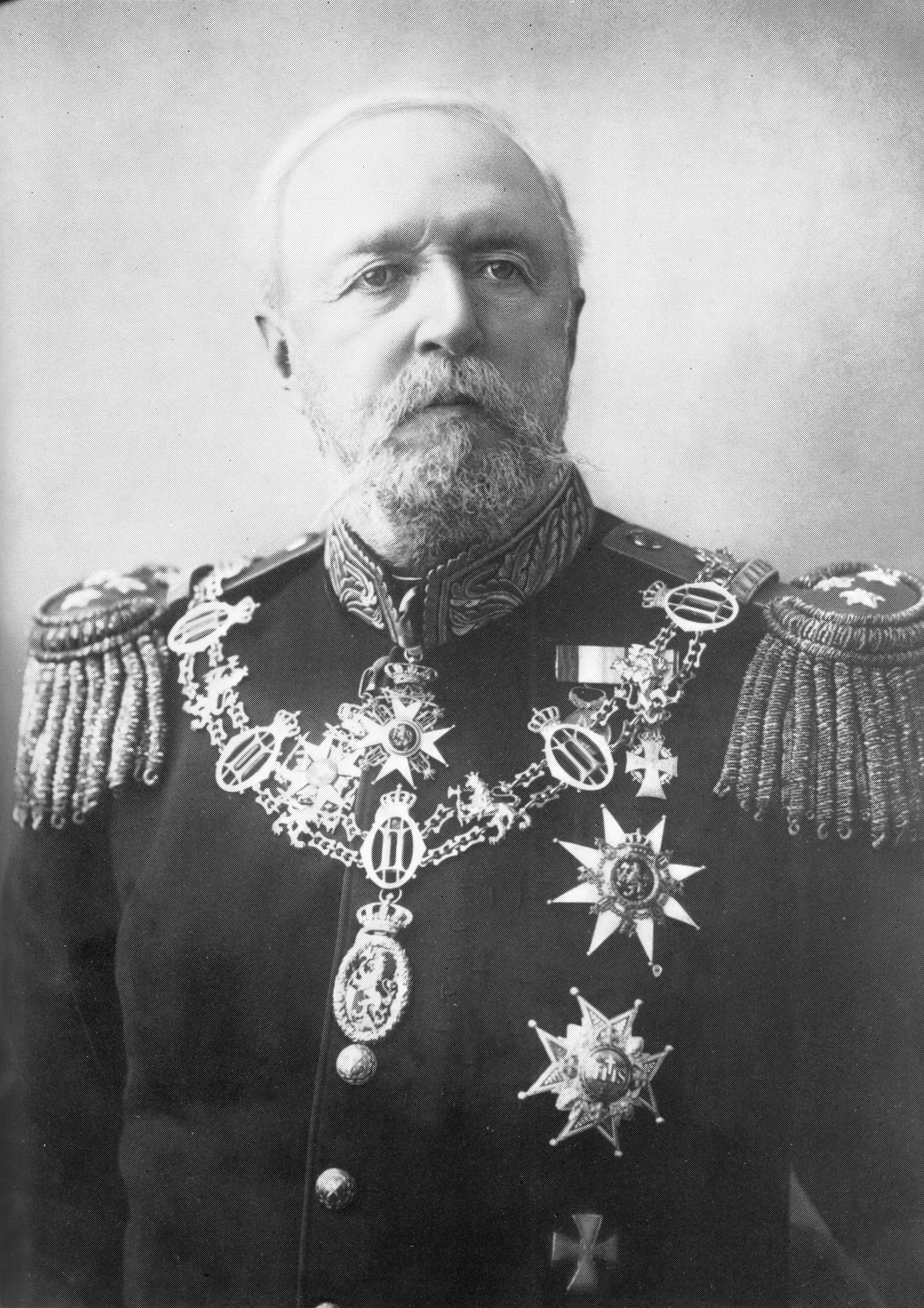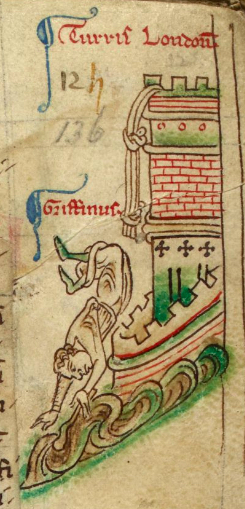© Unofficial Royalty 2024

Éléonore de Bourbon-Condé, Princess of Orange Credit – Wikipedia
January 20, 1612 – Death of Rudolf II, Holy Roman Emperor, King of Bohemia, King of Hungary and Croatia, Archduke of Austria, Margrave of Moravia, at Prague Castle in Prague, Kingdom of Bohemia, now in the Czech Republic; buried at St. Vitus Cathedral in Prague
Rudolf never married. In 1568, as part of the Habsburg marriage policy, sixteen-year-old Rudolf had been betrothed to his first cousin, two-year-old Isabella Clara Eugenia of Spain, the daughter of Rudolf’s maternal uncle King Felipe II of Spain. Isabella Clara Eugenia had to wait for more than twenty years before Rudolf declared that he had no intention of marrying anybody. In 1572, Rudolf’s father Maximilian II passed the crown of Hungary to his son, and in 1575, Rudolf was also granted the crown of Bohemia and the Habsburg hereditary territories. Rudolf was elected King of the Romans in 1575, ensuring that he would succeed his father as Holy Roman Emperor. Rudolf is considered an ineffective ruler whose mistakes directly led to the Thirty Years’ War (1618 – 1648), one of the longest and most destructive conflicts in European history.
Unofficial Royalty: Rudolf II, Holy Roman Emperor, King of Bohemia, King of Hungary and Croatia, Archduke of Austria, Margrave of Moravia, in Vienna, Archduchy of Austria, now in Austria
January 20, 1619 – Death of Éléonore de Bourbon-Condé, Princess of Orange, wife of Filips Willem, Prince of Orange, in Muret-le-Château, France; buried at the Eglise Saint-Thomas de Cantorbery in Vallery, France, the traditional burial place of the Princes of Condé and their descendants
Éléonore was the daughter of Henri I, Prince de Condé. The House of Condé was a French princely house and a cadet branch of the House of Bourbon. In 1606, 19-year-old Éléonore married 51-year-old Filips Willem, Prince of Orange, son of Willem I (the Silent), Prince of Orange and his first wife Anna van Egmont. The marriage had been arranged by Louise de Coligny, the fourth wife and widow of Willem I (the Silent). Louise was the daughter of a French nobleman, admiral, and Huguenot leader Gaspard II de Coligny who had been killed during the St. Bartholomew’s Day Massacre in 1572 when thousands of Huguenots were murdered. Éléonore and Filips Willem had a happy marriage despite their age difference and the absence of children. Filips Willem died in 1618, at the age of 63 after a botched medical procedure. Éléonore survived her husband by barely a year, dying at the age of 31.
Unofficial Royalty: Éléonore de Bourbon-Condé, Princess of Orange
January 20, 1666 – Death of Anne of Austria, Queen of France, wife of King Louis XIII of France, at the Convent of Val-de-Grâce in Paris, France; buried at the Basilica of Saint-Denis near Paris, France
Anne was the eldest daughter of King Felipe III of Spain and married King Louis XIII of France in 1615. After several stillbirths and nearly 23 years of marriage, Anne gave birth to two healthy sons: the future King Louis XIV of France and Philippe I, Duke of Orléans. King Louis XIII died in 1643, leaving his five-year-old son as the new King Louis XIV. In his will, the late King had sought to limit any power that Queen Anne might have had, including becoming Regent. He instructed that a regency council be established instead. However, just days after his death, Queen Anne was able to convene the Parliament of Paris and had that part of his will overturned. Anne was named sole Regent for her young son. Queen Anne appointed Cardinal Mazarin as her chief minister and relied on him to maintain the government. Anne retained much of her power even after her son came of age in 1651. She oversaw his marriage to her own niece, Maria Teresa of Spain in 1660, and the following year, after Mazarin’s death, Queen Anne stepped aside and retired to the Covent of Val-de-Grâce in Paris, France. Five years later, on January 20, 1666, she died there of breast cancer.
Unofficial Royalty: Anne of Austria, Queen of France
January 20, 1716 – Birth of King Carlos III of Spain at the Royal Palace of Madrid in Spain
Full name: Carlos Sebastián
Carlos III, King of Spain was also Duke of Parma and Piacenza, as Carlo I (1731 – 1735), King of Naples, as Carlo VII (1735 – 1759), and King of Sicily, as Carlo V (1734 – 1759). In 1738, Carlos’ mother Elisabeth Farnese arranged a marriage for him to fourteen-year-old Maria Amalia of Saxony. Carlos III and Maria Amalia had thirteen children but only seven survived childhood. In in 1759, Carlos’ childless elder surviving half-brother Fernando VI, King of Spain died and Carlos succeeded him as King of Spain. When Carlos became King of Spain, he was 43 years old and had ruled Naples and Sicily for twenty-five years, so he had far more experience than his predecessors. Carlos III was responsible for some Spain’s national symbols. In 1770, he declared the Marcha Granadera to be used during official ceremonies. Since that time, it has been Spain’s national anthem except under the Second Republic ( 1931 – 1939 ). Carlos III also chose the colors and design of the Spanish flag as we see it today.
Unofficial Royalty: King Carlos III of Spain
January 20, 1745 – Death of Karl VII, Holy Roman Emperor, also Karl I, Prince-Elector of Bavaria, at the Munich Residenz in Munich, then in the Electorate of Bavaria, now in the German state of Bavaria; buried at the Theatinerkirche in Munich
Karl reigned as Karl VII, Holy Roman Emperor from 1742 – 1745 and as Karl I, Prince-Elector of Bavaria from 1726 – 1745. He was a member of the House of Wittelsbach and his reign as Holy Roman Emperor marked the end of three centuries of the House of Habsburg’s rule as Holy Roman Emperors. In 1726, Karl married Archduchess Maria Amalia of Austria, daughter of Holy Roman Emperor Joseph I and niece of Emperor Karl VI. The couple had seven children but only four survived to adulthood. After Holy Roman Emperor Karl VI died in 1740, Karl claimed the Archduchy of Austria and briefly gained hold of the Bohemian throne. In 1742, he was elected emperor of the Holy Roman Empire. He ruled until his death three years later.
Unofficial Royalty: Karl VII, Holy Roman Emperor, Elector of Bavaria
January 20, 1753 – Death of Anna Maria of Liechtenstein, Princess of Liechtenstein, wife of first cousin Josef Wenzel I, Prince of Liechtenstein, in Vienna, then in the Archduchy of Austria, now in Austria; buried in a crypt at the Pauline Church in Vienna, Austria, where her mother had been buried. The crypt no longer exists and the tombs were not preserved.
The daughter of Anton Florian, Prince of Liechtenstein, in 1717 Anna Maria first married her cousin Count Johann Ernst of Thun-Hohenstein, from her mother’s family but he died six months later, on March 20, 1717, Johann Ernst died at the age of twenty-three. In 1718, Anna Maria married her first cousin Josef Wenzel I, Prince of Liechtenstein. The couple five children who all died in childhood. Anna Maria predeceased her husband dying on January 20, 1753, in Vienna, Austria, aged 53.
Unofficial Royalty: Anna Maria of Liechtenstein, Princess of Liechtenstein
January 20, 1819 – Death of King Carlos IV of Spain, in exile, at the Palazzo Barberini in Rome, Italy; buried at San Lorenzo de El Escorial in Spain
In 1788, Carlos succeeded his father King Carlos III of Spain as King Carlos IV of Spain. Carlos IV would rather hunt than deal with government affairs and the running of the government was left mostly to his wife Maria Luisa of Parma and Prime Minister Manuel de Godoy. It is probable that de Godoy had a long-term relationship with Maria Luisa and that he was the father of her youngest son. In 1808, after riots and a revolt, King Carlos IV was forced to abdicate in favor of his son King Fernando VII. Less than two months later, Carlos IV and his son Fernando VII were summoned to a meeting with Napoleon I, Emperor of the French where he forced them both to abdicate, declared the Bourbon dynasty of Spain deposed, and installed his brother Joseph Bonaparte as King of Spain. Carlos IV, his wife Maria Luisa, and some of their children were held captive. Napoleon kept Carlos and Maria Luisa’s son Fernando VII under guard in France for more than five years until the 1813 Treaty of Valençay provided for the restoration of Fernando VII as King of Spain. After the final defeat of Napoleon in 1815, King Fernando VII refused to allow his parents to return to Spain. Carlos IV and Maria Luisa settled in Rome at the Palazzo Barberini where they both died in 1819.
Unofficial Royalty: King Carlos IV of Spain
January 20, 1848 – Death of King Christian VIII of Denmark at Amalienborg Palace in Copenhagen, Denmark; buried at Roskilde Cathedral in Roskilde, Denmark
Christian VIII was the eldest son of Hereditary Prince Frederik of Denmark and Sophia Frederica of Mecklenburg-Schwerin. Christian’s father was the only child of King Frederik V of Denmark and his second wife Juliana Maria of Brunswick-Wolfenbüttel. In 1806, Christian married his first cousin Charlotte Frederica of Mecklenburg-Schwerin. They had one surviving son, Christian’s successor, the future King Frederik VII. Charlotte Frederica had an affair, was banished, divorced, and never saw her son again. In 1816, Christian married again to Caroline Amalie of Schleswig-Holstein-Sonderburg-Augustenburg but their marriage remained childless. Christian VIII became King of Denmark in 1839 upon the death of his half-nephew King Frederik VI who had two daughters but no sons to succeed him. On January 20, 1848, 61-year-old King Christian VIII died of blood poisoning after a blood-letting.
Unofficial Royalty: King Christian VIII of Denmark
January 20, 1855 – Death of Archduchess Adelheid of Austria, Queen of Sardinia, first wife of King Vittorio Emanuele II of Sardinia (the future King of Italy), at the Royal Palace of Turin, Kingdom of Sardinia, now in Italy; buried at the Royal Basilica of Superga in Turin
At the time of her marriage in 1842, Adeleheid’s husband Vittorio Emanuele was heir to the Sardinian throne and held the title Duke of Savoy. In 1849, she became Queen of Sardinia following her father-in-law’s abdication and her husband’s accession to the throne. However, she died before her husband became King of Italy. Adelheid and Vittorio Emanuele had eight children. Just days after giving birth to her last child, Adelheid fell ill after attending the funeral of her mother-in-law and died four days later at the age of 32.
Unofficial Royalty: Archduchess Adelheid of Austria, Queen of Sardinia
January 20, 1865 – Birth of Friedrich, the last reigning Prince of Waldeck and Pyrmont in Arolsen, Principality of Waldeck and Pyrmont, now in Hesse, Germany
Full name: Friedrich Adolf Hermann
Friedrich was the only son of Georg Viktor, Prince of Waldeck and Pyrmont and Helena of Nassau. Friedrich had six sisters, through his sister Emma, he was the uncle of Queen Wilhelmina of the Netherlands, and through his sister Helena, he was the uncle of Charles Edward, the last reigning Duke of Saxe-Coburg and Gotha. Upon the death of his father in 1893, Friedrich became the last reigning Prince of Waldeck-Pyrmont. In 1895, Friedrich married Bathildis of Schaumburg-Lippe and they had four children. Friedrich abdicated on November 13, 1918, and negotiated an agreement with the government that gave him and his descendants the ownership of the family home Arolsen Castle and the Arolsen Forest. Both Friedrich and his wife Bathildis lived through World War II. While neither Friedrich nor Bathildis joined the Nazi Party, their eldest son Josias did and after World War II, Josias was a convicted Nazi war criminal for crimes in connection to the Buchenwald concentration camp. Friedrich, the last Prince of Waldeck-Pyrmont, died on May 26, 1946, at the age of 81 in Arolsen, Germany.
Unofficial Royalty: Friedrich, Prince of Waldeck and Pyrmont
January 20, 1878 – Birth of Princess Anastasia of Greece and Denmark, first wife of Prince Christopher of Greece, born Nonie May Stewart, in Zanesville, Ohio
Nancy had married two wealthy men who both died, leaving her a very wealthy widow. While visiting Biarritz, France in 1914, Nancy met Prince Christopher, the youngest child of King George I of Greece. The two quickly fell in love and decided to marry. Their engagement was first announced in 1914, but it would be six years before they actually married. There was much reservation within the Greek royal family over the bride being an American and already married twice. Finally, the couple was married on February 1, 1920, and several days after the marriage, Nancy converted to Greek Orthodoxy and took the name Anastasia. Not long after her marriage, Anastasia was diagnosed with the cancer that caused her death in 1923.
Unofficial Royalty: Nancy Stewart Worthington Leeds, Princess Anastasia of Greece and Denmark
January 20, 1891 – Death of Kalākaua, King of the Hawaiian Islands in San Francisco, California; buried in the Royal Mausoleum at Mauna ʻAla in Honolulu, Kingdom of Hawaii, now in the state of Hawaii, remains transferred to the underground Kalākaua Crypt on the grounds of the mausoleum
Unofficial Royalty: Kalākaua, King of the Hawaiian Islands
January 20, 1896 – Death of Prince Henry of Battenberg, husband of Princess Beatrice of the United Kingdom, at sea from malaria caught in Africa during the Ashanti War; buried at St. Mildred’s Church in Whippingham, Isle of Wight, England
Henry was the fourth of the five children of Prince Alexander of Hesse and by Rhine and Countess Julia Hauke. As his parents’ marriage was morganatic, Henry and his siblings took their titles from their mother, who had been created Countess of Battenberg and was later elevated to Princess of Battenberg in 1858. Henry and Beatrice met at the wedding of Henry’s brother Louis of Battenberg and Beatrice’s cousin Victoria of Hesse and by Rhine. Queen Victoria had expectations that Beatrice would never marry and remain her personal assistant and secretary. However, during the wedding celebrations, Henry and Beatrice fell in love. When Beatrice told her mother of her desire to marry Henry, Queen Victoria did not speak to Beatrice for seven months. Eventually, the Queen realized that Beatrice would not back down and decided to allow the marriage with several conditions: Henry must renounce his career, nationality, and home and agree to live with Beatrice and the Queen. Henry and Beatrice married in 1885 and had four children. The Spanish royal family descends through their daughter Victoria Eugenia. In November 1895, Henry persuaded Queen Victoria to allow him to go to West Africa to fight in the Anglo-Ashanti Wars. Henry arrived in Africa on Christmas Day 1895. By January 10, 1896, Henry was sick with malaria and it was decided to send him back to England. Henry died aboard the ship HMS Blonde off the coast of Sierra Leone on January 20, 1896, at the age of 37.
Unofficial Royalty: Prince Henry of Battenberg
January 20, 1936 – Death of King George V of the United Kingdom at Sandringham House in Norfolk, England; buried at St. George’s Chapel at Windsor Castle in Windsor, England
George was the second son of the future King Edward VII of the United Kingdom and his wife Alexandra of Denmark. At the time of his birth, George was third in the line of succession after his father and his brother Prince Albert Victor (Eddy) and was not expected to become king. However, that all changed when George’s brother Eddy died of pneumonia in 1892. In 1893, George married Eddy’s fiancée Princess Victoria Mary of Teck, and eventually, they became the beloved King George V and Queen Mary. In his final years, King George had a number of problems exacerbated by his habit of smoking including chronic obstructive pulmonary disease and pleurisy. On January 15, 1936, King George V went to bed at Sandringham House complaining of a cold, gradually becoming weaker, and drifting in and out of consciousness. On January 20, when the king was close to death, his doctors issued a bulletin with words that became famous: “The King’s life is moving peacefully towards its close.” As the king lay dying of bronchitis, Bertrand Dawson, 1st Viscount Dawson of Penn, Physician-in-Ordinary to King George V, gave him a lethal injection of cocaine and morphine, thereby hastening the king’s death to ensure that the announcement of the death would appear first in the morning edition of The Times and not in some lesser publication in the afternoon.
Unofficial Royalty: King George V of the United Kingdom
January 20, 1965 – Birth of Sophie, The Duchess of Edinburgh, born Sophie Rhys-Jones at Radcliffe Infirmary in Oxford, England
Full name: Sophie Helen
In 1993, Prince Edward renewed a casual acquaintance with Sophie Rhys-Jones at a Real Tennis Challenge, hosted by the prince. Sophie was the public relations executive handling the event. After a long courtship, their engagement was announced on January 6, 1999, and the couple married later that year. Sophie and Edward have two children, Lady Louise Mountbatten-Windsor (born 2003), and James Mountbatten-Windsor, Earl of Wessex (born 2007). Sophie carries out a full schedule of engagements in the United Kingdom and overseas in support of her brother-in-law KIng Charles III and the charities and organizations with which she is involved. She is particularly interested in working with organizations that help children and young people with sensory, learning, and communications disabilities
Unofficial Royalty: Sophie, Countess of Wessex
January 20, 1973 – Birth of Queen Mathilde of Belgium, born Mathilde d’Udekem d’Acoz in Uccle, Belgium
Full name: Mathilde Marie Christine Ghislaine
Mathilde attended the Institut Libre Marie Haps in Brussels, Belgium where she studied speech therapy and graduated magna cum laude. Mathilde then began to study psychology at the Université Catholique de Louvain and had her own speech therapy practice in Brussels from 1995 until her marriage in 1999. She continued her studies after her marriage and received a Master’s degree in psychology in 2002. Mathilde met Prince Philippe, Duke of Brabant and the heir to the Belgian throne in 1996 playing tennis. Unbelievably, their romance went undetected by the press and their engagement was a surprise. The couple married in 1999 and had four children. Their eldest child Princess Elisabeth, Duchess of Brabant will become the first female monarch of Belgian due to changes in the succession law in 1991. On July 21, 2013, the annual Belgian National Day, Belgium got its first native-born queen. King Albert II of the Belgians abdicated in favor of his son Philippe, and Mathilde became Queen Consort of the Belgians. Belgium’s previous queen consorts were French, Austrian, German, Swedish, Spanish, and Italian.
Unofficial Royalty: Queen Mathilde of the Belgians
This article is the intellectual property of Unofficial Royalty and is NOT TO BE COPIED, EDITED, OR POSTED IN ANY FORM ON ANOTHER WEBSITE under any circumstances. It is permissible to use a link that directs to Unofficial Royalty.



